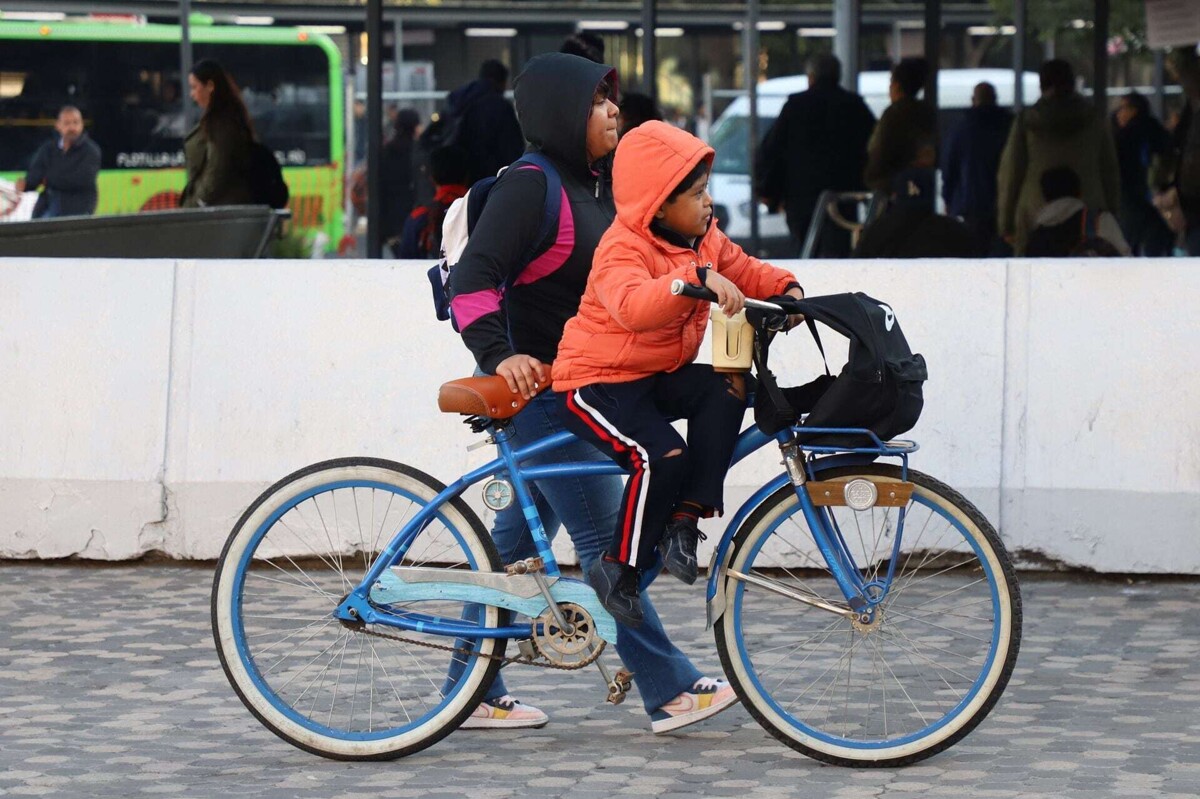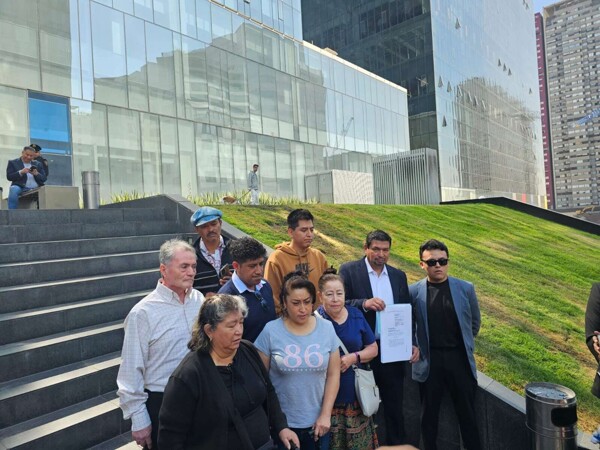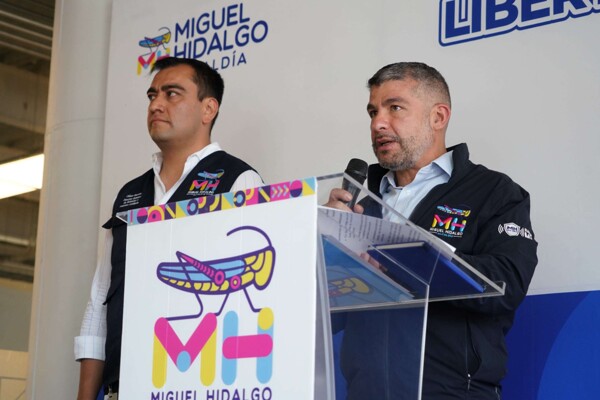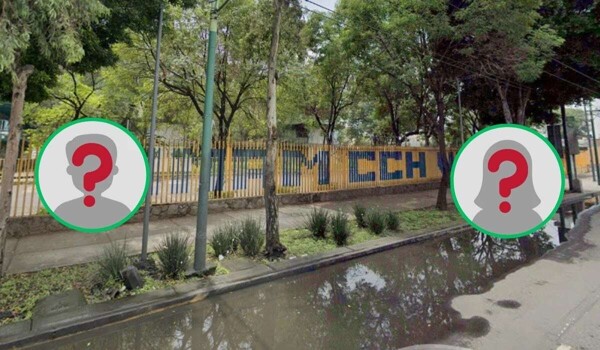
According to the National Survey for the Care System (ENASIC) by INEGI, in most cases, the mother assumes the role of primary caregiver in different situations: homes of children aged 0 to 5 years, infants and adolescents aged 6 to 17 years, temporarily ill individuals, and persons with disabilities. It is essential to disseminate support tools for these difficult moments and to understand the distinction between an emergency and an urgency.
An emergency involves critical situations that immediately endanger a person's life or vital functions, such as a heart attack or respiratory arrest. On the other hand, an urgency requires prompt medical attention but does not imminently endanger life, such as in cases of fractures without significant bleeding or persistent abdominal pain.
The Command, Control, Computing, Communications, and Citizen Contact Center (C5) of Mexico City manages two basic instruments for addressing emergencies and urgencies: the 9-1-1 line and Telemedicine. Various situations, such as assaults, scandals, accidents, and gender violence, motivate mothers to request pre-hospital or police assistance.
Within seconds, mothers and anyone can access a voice of support that effectively channels needs towards the required help, with specific protocols for children or in cases of disappearance. Mothers, without formal training, stand out as the first to provide emotional and physical assistance in crisis situations, such as choking, falls, or cases of violence.
Globally, millions of women, despite lacking specialized training, respond immediately to emergency situations, proving to always be present for their children in critical moments.














